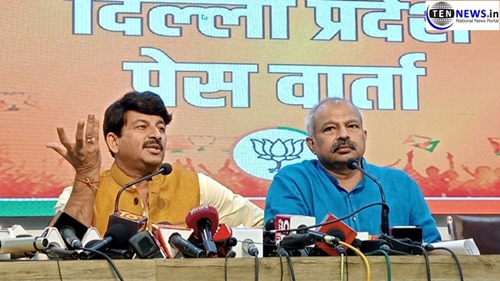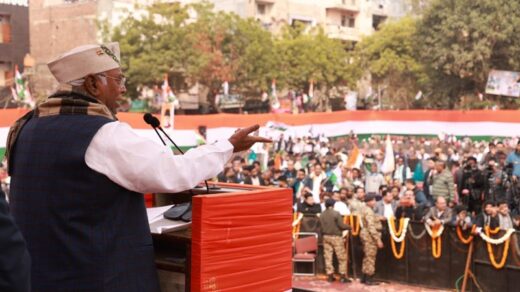New Delhi: All Indian villages now have access to electricity. The last village to be brought on the national power grid was Leisang village in the Senapati district of Manipur at 5.30pm on Saturday.
With the electricity now reaching all villages through the marque Deen Dayal Upadhyaya Gram Jyoti Yojana (DDUGJY), it is being termed as a game changer moment for readying the country towards achieving universal electricity access. State run Rural Electrification corporation (REC) is the nodal agency appointed for executing the scheme.
According to the government data, all of India’s 597,464 census villages have been electrified. This assumes importance given that at the onset of Rs75,893 crore DDUGJY for village electrification under the National Democratic Alliance (NDA) government, there were 18,452 un-electrified census villages. During the project work it was found out that an additional 1275 villages also didn’t have electricity access. As of 28 April, all these villages have got electricity access either through the national grid or off grid solutions. Also, 1,236 villages are uninhabited and 35 have been notified as grazing reserves.
“We are just absolutely thrilled, excited and delighted. We have fulfilled our mandate, our promise and the work allotted to us by the government and the honourable Prime Minister,” P.V. Ramesh, chairman and managing director, REC told Mint.
This comes in the backdrop of Prime Minister Narendra Modi, in his Independence Day speech on 15 August 2015 promising to electrify all un-electrified villages within 1000 days. The scheme will also help improve India’s per capita power consumption of around 1,200 kWh which is among the lowest in the world.
Aimed at providing round the clock power to rural households and adequate power to agricultural consumers, the DDUGJY involved feeder separation, strengthening of sub-transmission and distribution network, metering at all levels, village electrification, and setting up micro grid and off grid distribution network.
The last village to be provided off grid electricity access was Pakol village in Churachandpur district of Manipur.
The feeder separation for rural agricultural and village households will help stem the load shedding practice of distribution utilities and is expected to bring benefits such as improved agriculture yield and socio-economic development of the rural areas.
Given that a village is declared to be electrified if 10% of the households can access power along with public institutions such as schools, the panchayat office, health centres, dispensaries and community centres; household electrification remains the final frontier in providing electricity access.











